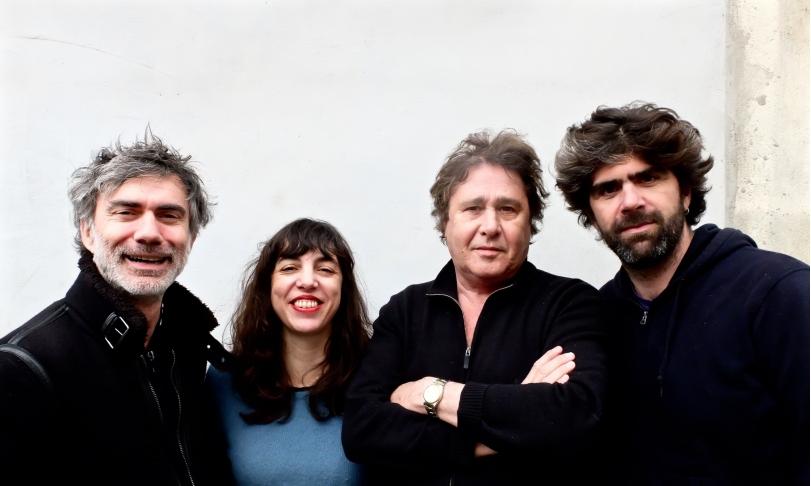
That music is composed in order to set pictures of painters into sounds happens from time to time. A well-known example are the "Pictures at an Exhibition" by the Russian Modest Mussorgsky, inspired by paintings by his painter friend Viktor Hartmann. This classical piece of music was set for piano by its composer, but has been orchestrated several times for orchestra. Most famous is the powerful orchestral version by the Frenchman Maurice Ravel. In this version, the "Pictures at an Exhibition" have even reached an audience that has less to do with classical music. Last but not least, the rock band Emerson Lake and Palmer caused a sensation in the seventies with their live version of "Pictures".
If Mussorgsky’s "Pictures" are about the description of picture contents by means of music, the so-called program music, the French jazz clarinetist Louis Sclavis takes the abstract path of musically translating the impressions he gained while looking at pictures by the street-art artist Ernest Pignon-Ernest, a fellow countryman of the clarinetist. This is what happened with the album Napoli's Walls, released 16 years ago by ECM, a musical homage to collages of the street art artist's work that were captured on the walls of houses in Naples. In the relatively large line-up of flute, cello, electronics, vocals, guitar and brass instruments, Napoli's Walls presents itself as a border crosser between jazz and concept music. In contrast, Lois Sclavis, with his new album Characters Of A Wall, is clearly on the path of jazz with an acoustic chamber music line-up. He is supported by outstanding musicians of the French jazz scene, by Benjamin Moussay, piano, Sarah Murcia, double bass and Christophe Lavergne, drums.
Characters On A Wall is, for long stretches, a musically intimate event that flatteringly involves the listener in the sensations of Louis Sclavis as he contemplates the wall artworks of Ernest Pignon-Ernest. Musically guided, one can dive into the clarinetist’s world of thoughts without any problems. It is best to let yourself fall into this world in a relaxed manner. In doing so, you can effortlessly enjoy the playful freedom of improvisation to the full, which is not the norm even in jazz. Freedom is the motto of the music-making of this quartet on Characters On A Wall. Never does the impression arise that motifs are predetermined and varied, locked up in a strict corset. Rather, this music seems to come out of nowhere and changes carefully, almost weightlessly or circles endlessly around itself.
Characters On A Wall conveys the fascinating impression that it has always been there, and that it has not just come into being through the activity of the musicians active here. This is a very special album, which is capable of more than just pleasing: It comes very close to an independent form of life, whose vitality is fed by insights that Louis Sclavis has gained while viewing the works of Louis Sclavis.
Louis Sclavis, clarinets
Benjamin Moussay, piano
Sarah Murcia, double bass
Christophe Lavergne, drums








